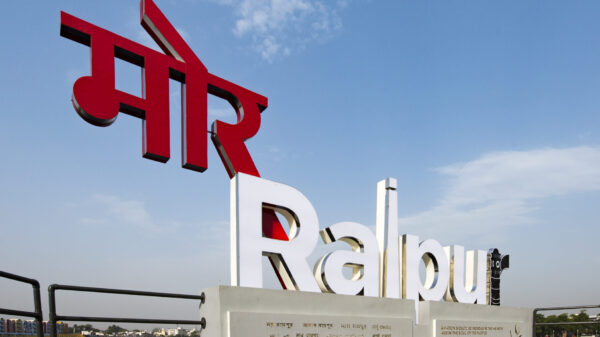Nestled in the heart of Assam, India, Manas National Park stands as a testament to the region’s rich biodiversity. This pristine sanctuary, sprawling over 500 square kilometers, is a haven for nature enthusiasts and wildlife lovers alike.
A Rich Tapestry of Wildlife

This place boasts an impressive array of wildlife species. Visitors can spot majestic Bengal tigers prowling through the dense foliage, while herds of Indian elephants roam freely across the grasslands. The park is also home to the endangered one-horned rhinoceros, whose population has steadily increased under conservation efforts.
Birdwatcher’s Paradise

For birdwatchers, Manas National Park is nothing short of paradise. Over 450 avian species call this park home, including the vibrant scarlet minivet and the elusive black-breasted parrotbill. Birdwatching enthusiasts can spend hours marveling at the kaleidoscope of colors that adorn the park’s skies.
Exploring the Flora
The park’s diverse flora is equally captivating. Lush tropical forests, interspersed with swaying grasslands, provide a picturesque backdrop for exploration. Towering trees such as the towering Sal and Sissoo offer shade and shelter to the park’s inhabitants, while colorful orchids add a splash of vibrancy to the landscape.
Safari Adventures

Embarking on a safari through Manas National Park is an experience like no other. Guided by experienced naturalists, visitors can embark on thrilling jeep safaris or tranquil elephant rides, allowing them to get up close and personal with the park’s wildlife. The rustle of leaves and the distant call of exotic birds create an immersive experience that will stay with visitors long after they leave.
Ethnic Diversity and Cultural Heritage
Beyond its natural wonders, Manas National Park is also steeped in cultural heritage. The park is home to several indigenous communities, including the Bodo, who have inhabited these lands for centuries. Visitors can immerse themselves in the vibrant culture of these communities, experiencing traditional dances, cuisine, and crafts firsthand.
Conservation Efforts
Manas National Park has faced its share of challenges, including poaching and habitat loss. However, concerted conservation efforts have helped restore and protect this precious ecosystem. Initiatives such as community-based conservation programs and wildlife rehabilitation efforts have played a crucial role in preserving the park’s biodiversity for future generations.
Responsible Tourism
As visitors, it is our responsibility to ensure that our presence does not harm the delicate balance of nature within the park. By adhering to guidelines set forth by park authorities, such as staying on designated trails and refraining from littering, we can minimize our impact on the environment and contribute to the long-term sustainability of Manas National Park.
Conclusion
Manas National Park stands as a shining example of the beauty and diversity of India’s natural landscapes. From its majestic wildlife to its vibrant flora and rich cultural heritage, this sanctuary offers a truly immersive experience for travelers seeking to connect with the wonders of the natural world. By embracing responsible tourism practices, we can ensure that future generations will have the opportunity to marvel at the splendor of Manas National Park for years to come.











